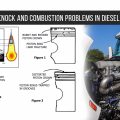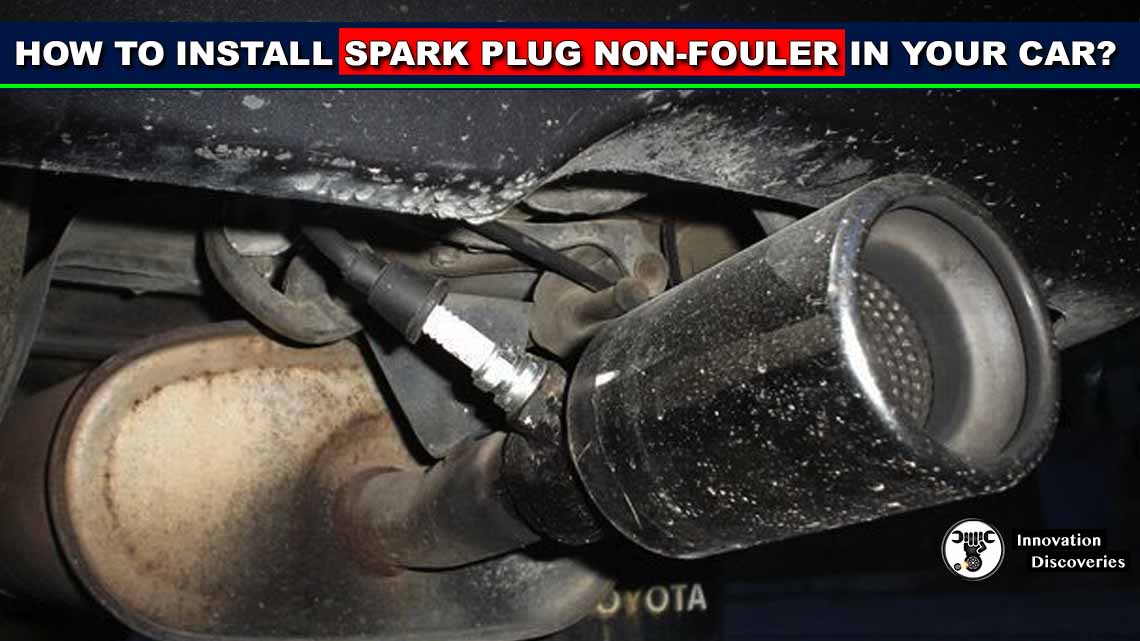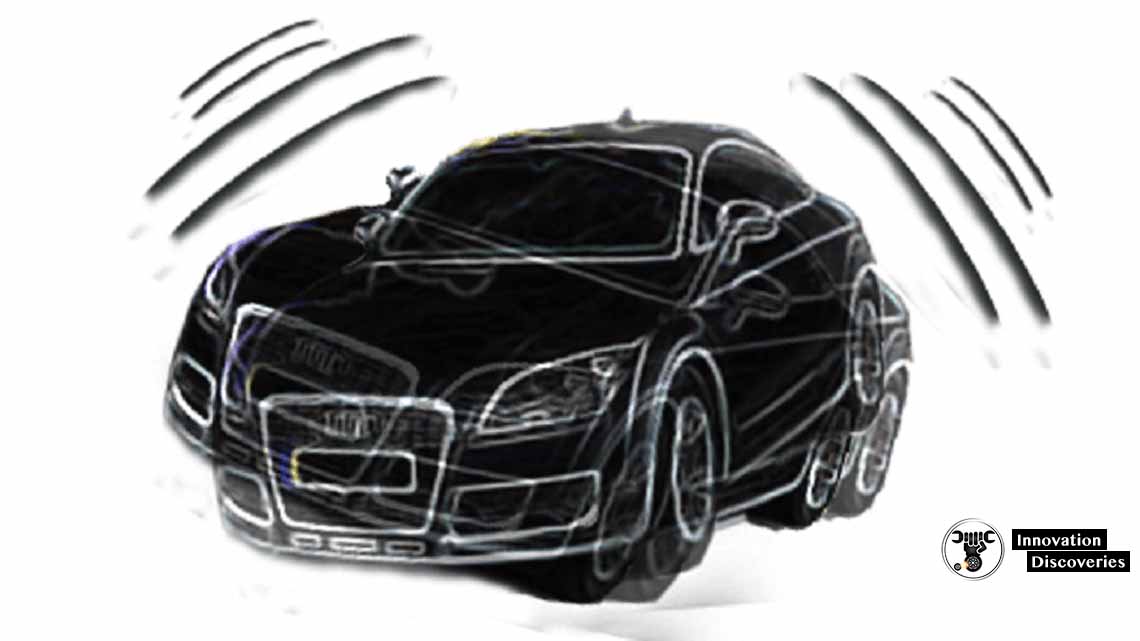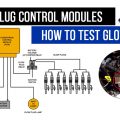When you buy a spark plug, it comes as pre-gapped. However, plug gaping is different for different makes and models. So, it is better to know how to gap spark plugs so that you can adjust it for your specific vehicle.
Even if the pre-gaping measurements are perfect for your car, you may have to tune the plugs again if they were mishandled during packing or shipping. Always check the gap before using the plugs in your vehicle. The difference might be correct, but an adjustment is required if it is not.
What Happens When the Gap is not Correct?
What is the spark plug gap? It is the gap between the side and center electrodes,
Which should maintain an exact distance because it is necessary for the plugs to fire effortlessly. Adjusting this distance is known as gapping spark plugs.
What problems can occur if this gap is narrower or
More extensive than the recommended width?
When the gap is narrower.
A narrow gap could be problematic, depending on the condition of the ignition. A narrow-gap plug will produce a weak spark in case of a low-voltage delivering ignition.
When the ignition is hotter,
The same plugs will create hot sparks to cause untimely wear.
When the gap is wider.
A bigger gap creates weak sparks that are unable to ignite the fuel properly—the unburnt fuel results in low fuel efficiency, less engine power, and sporadic misfires. Electricity cannot make up for a bigger gap if the cylinder pressure is high. Ignition parts need to work harder for the spark to cover a more significant hole.
The gap between the electrodes keeps getting wider over time. Constant arcing erodes the metal components of the electrodes. What worse is the melting of the ground electrode and the tip of the center electrode.
For this reason, it is wise to adjust a plug’s gap to the minimum of the range recommended by the manufacturer. Spark plugs these days have a coating of hard and rare materials like iridium, yttrium, and tungsten. These chemical elements have a longer lifespan and do not erode easily. However, it is still a good idea to set the gap’s distance to the minimum.
How to Gap Spark Plugs: A Simple Explanatory Guide
Before gapping a plug, you should know that a smaller gap is excellent when the engine compression is high, and it yields powerful performance. In the case of a large difference, the ignition has to produce more voltage.
How to gap spark plugs without a tool? Well, the gaping requires the use of only some necessary tools so you can do it by yourself without any professional help. You need a feeler gauge to gap your spark plugs properly.
You can gap both used and new plugs. Make sure the used ones are clean (if they are not, use a wire brush to clean the dirt and grime). Older plugs with a brownish shade mean they are still usable. Anything different from that, including burnt marks, ash deposits, or oil residue, indicates engine problems.
In the case of new plugs, the porcelain insulator should be spotless, free of any bubbles and cracks. Check whether the threads are loose of wear, and the side electrode’s tip is over the midpoint of the electrode in the center.
If everything checks out, this is how to gap spark plugs. Just follow these instructions:
Find out the ideal gap length.
What is the ideal spark plug gap for your car? You have to check the owner’s manual or contact the car dealership to find the correct measurement. If you can’t do that, ask an experienced mechanic to find out the right width of the gap.
Get the correct gauge.
The spark plug gap tool you will need for this task is a feeler gauge. Your local auto parts store or the owner’s manual can help you get the correct gauge.
Set the correct number on the gauge and run it between the electrodes. If it quickly passes between them without touching the sides or cannot go through at all, you will need to calibrate the electrodes to fix the gap distance.
Adjust the gap.
If the gap is smaller, you have to widen the electrodes. A part of the gauge is used for twisting and flexing electrodes. Hook the side electrode to that part and pull softly to expand the gap.
In case of a more significant gap, push the side electrodes on something hard and smooth. Do this gently, but put constant pressure until it flexes toward the center.
This is how to gap spark plugs. When the process is done, you have to check again to see if the gap now has the correct width or not. If it appears to be smaller or wider, repeat the last step. You are done once the gauge goes between the electrodes by just touching their edges.
Read More:






2 Comments